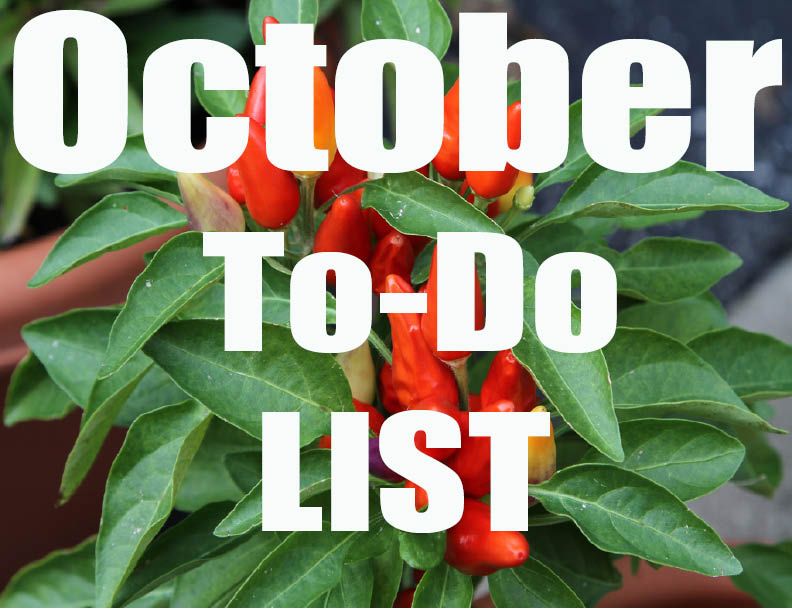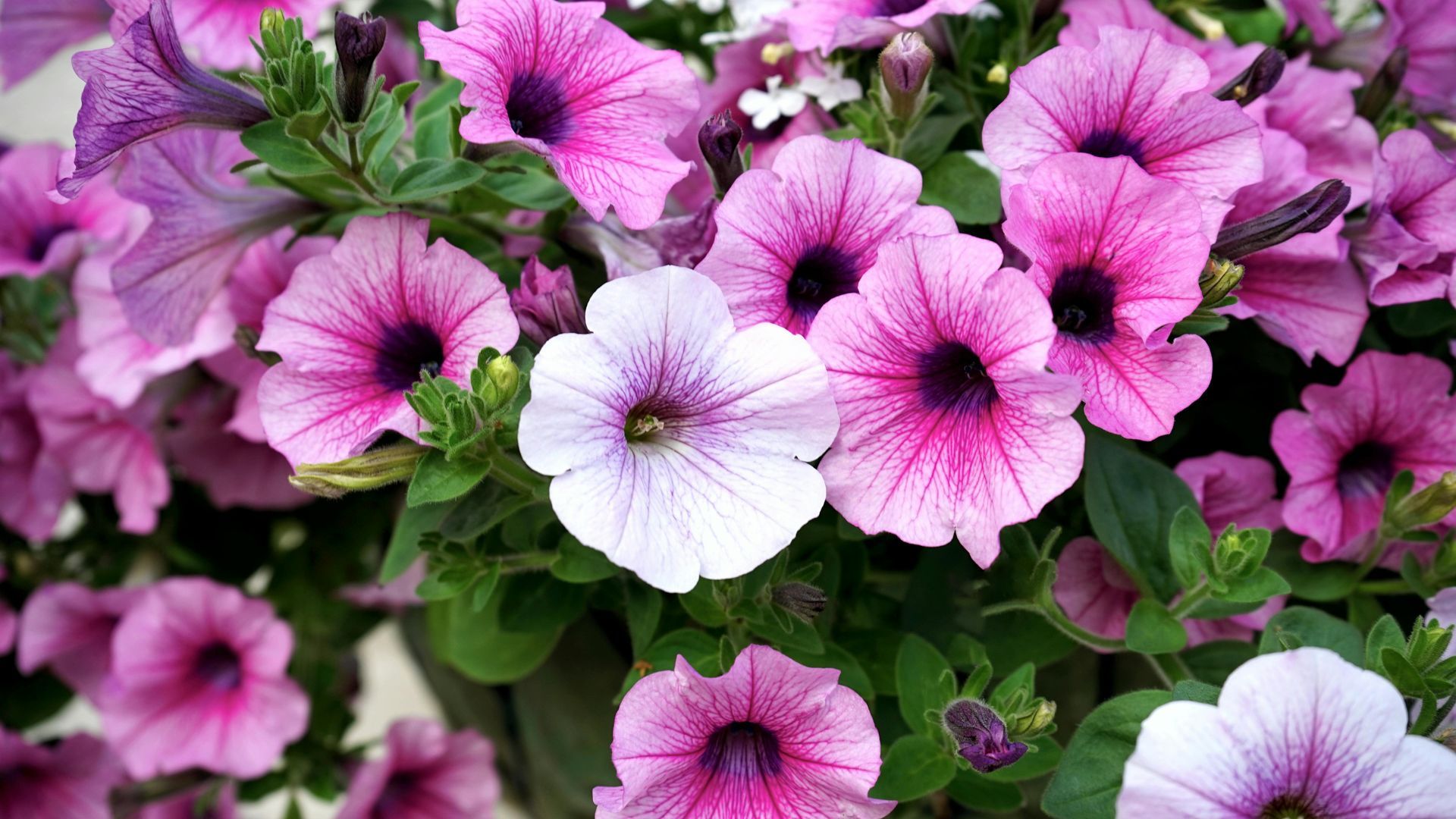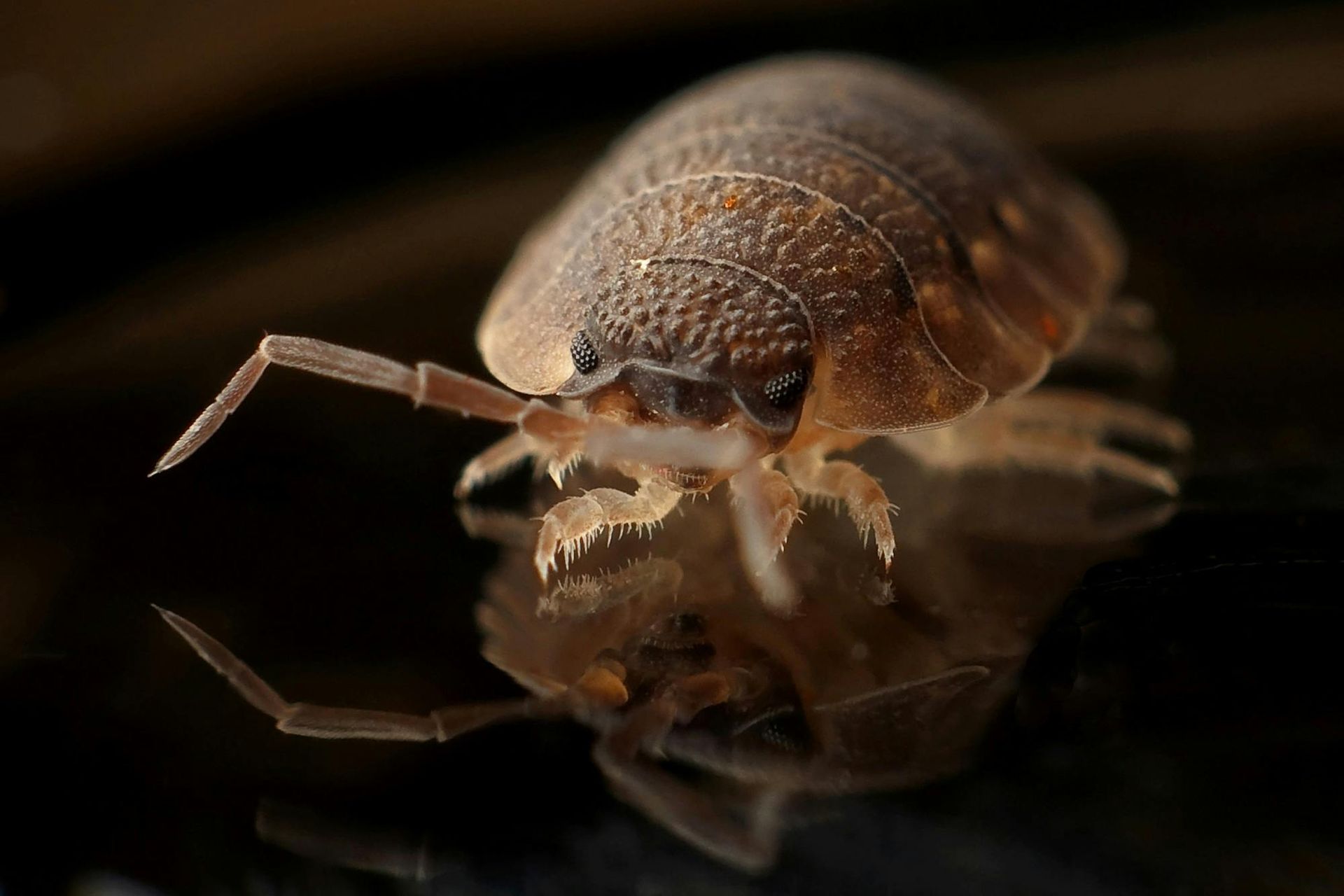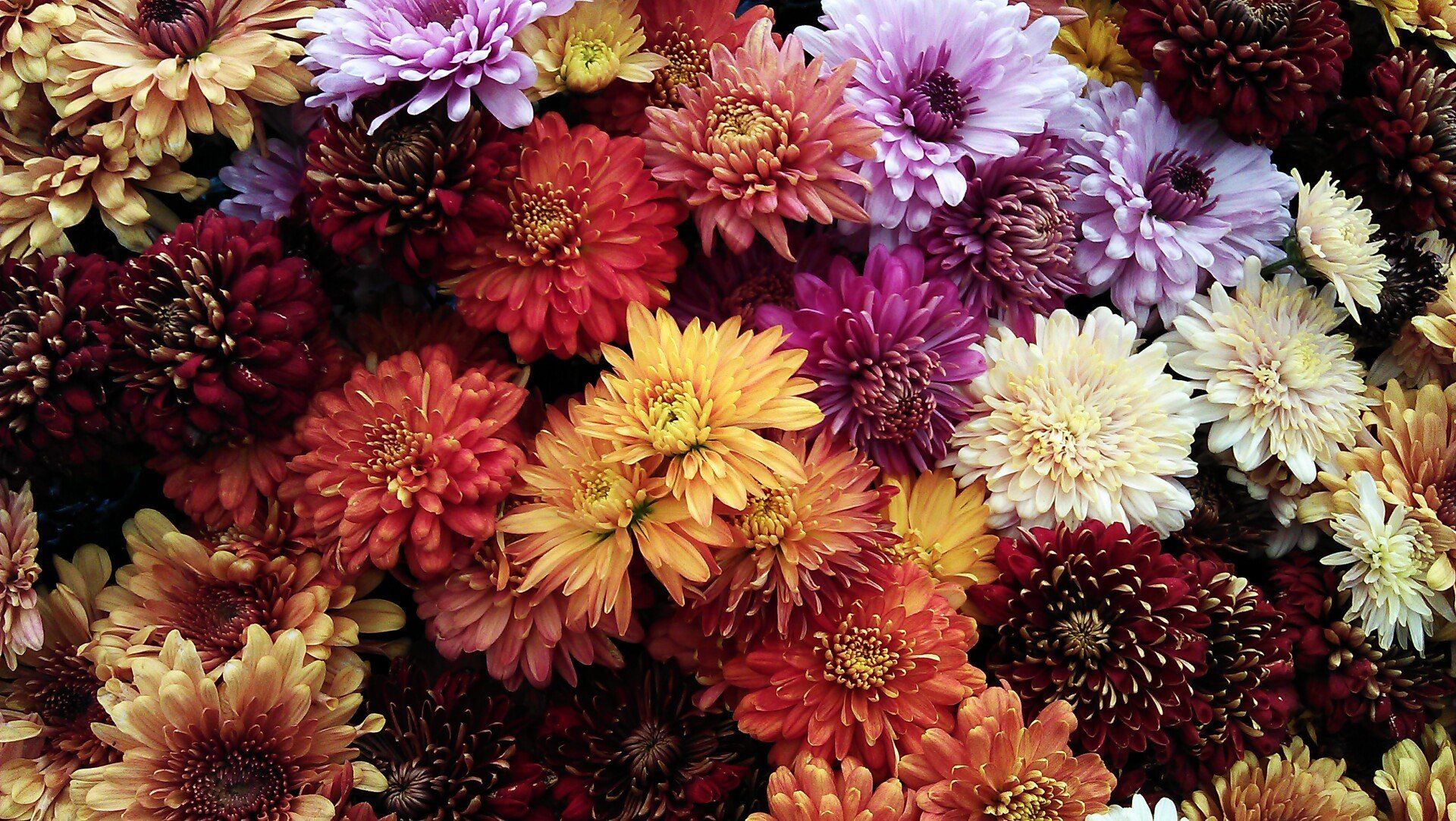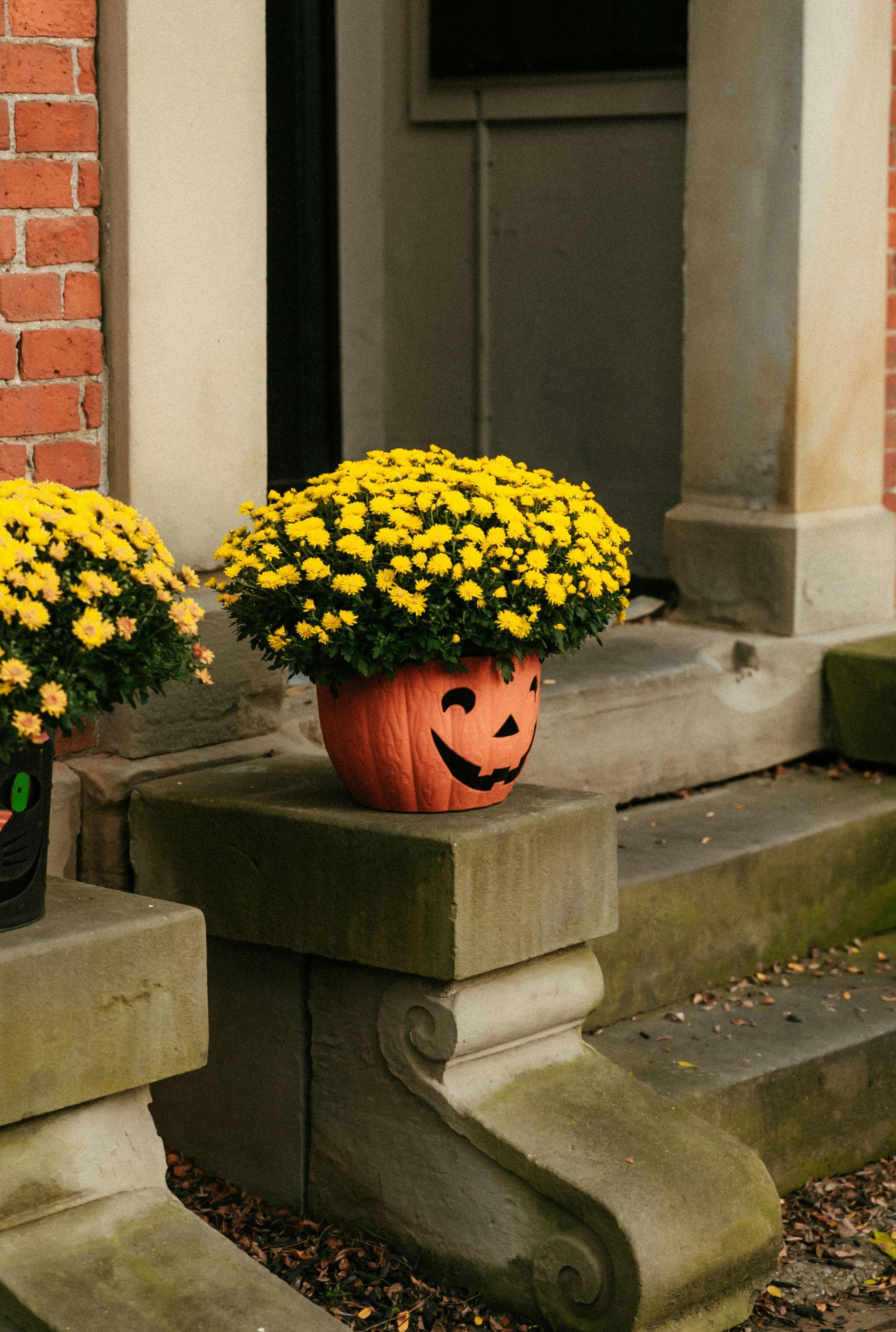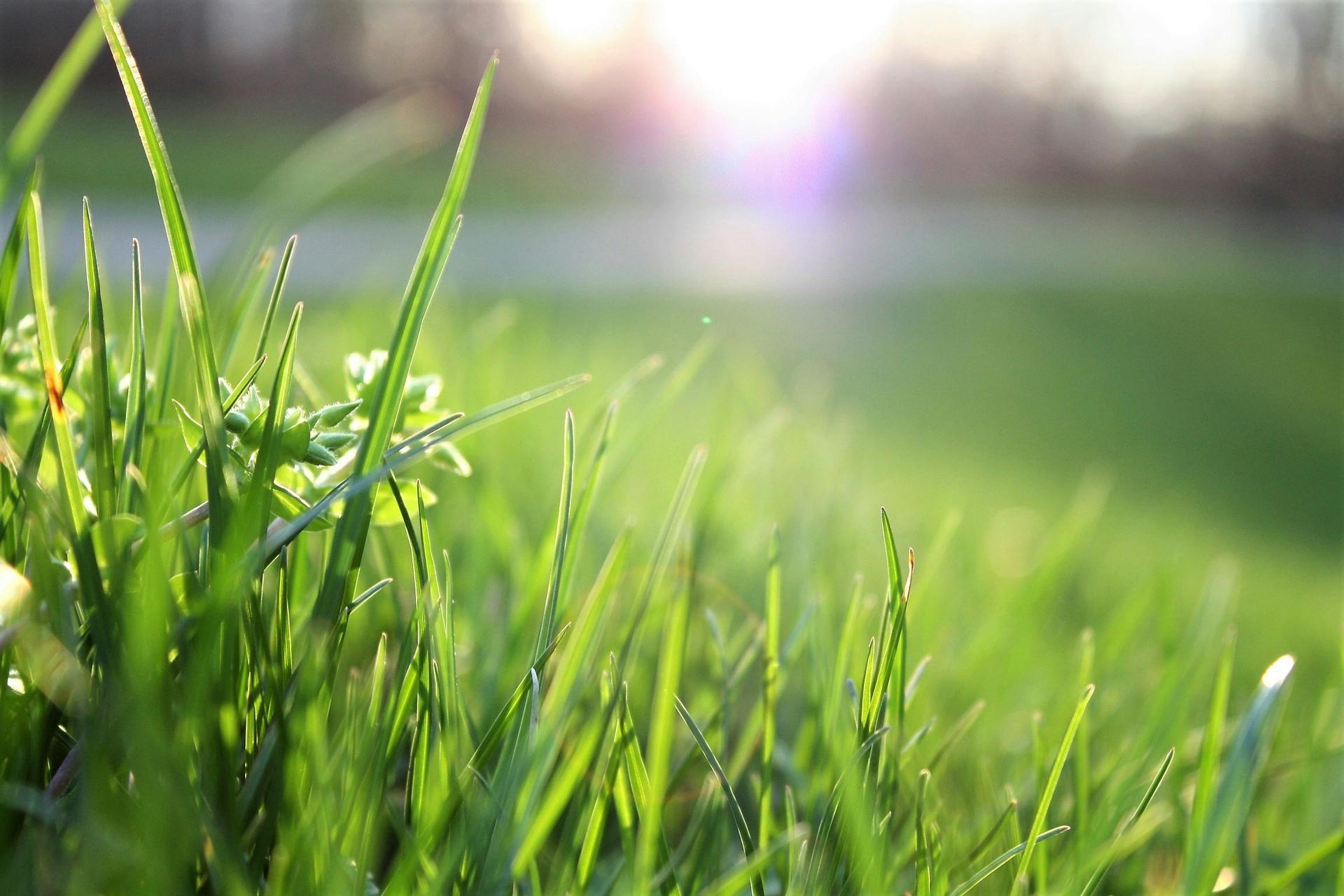Houseplant Hoarder
Whether you have a few ficus or a dozen dracaena, you probably already know that they benefit you just by being there. There's nothing like the sight of fresh greenery thriving in your home, but did you know that houseplants have benefits that go beyond just making your home look nice? Here are some reasons why it's okay to adopt as many houseplants as you want!
They Reduce Stress
Everyone has a little, some have a lot. We're talking about stress and the obvious truth is, it isn't good for you. Want to combat some of those worries? Introducing a houseplant (or a few) will help. Pick up a snake plant the next time you're here. They're easy to care for and their air purifying qualities can aid in reducing anxiety and relieving respiratory problems and headaches.
They Give Purpose
Houseplants don't survive without a little care and a lot of love. One of the best things about these beneficial additions to your home is that they are easy to care for. It doesn't take much time but you will feel great knowing you are helping keep one alive and thriving.
They Purify the Air
Did you know that studies done by the Environmental Protection Agency (EPA) show that indoor air can be more polluted than outdoor air? Introducing a few houseplants can help bring your air pollution down and help you breath a sigh of relief. Spider plant, Boston Fern and golden pothos are all great air purifiers removing a variety of toxic chemicals from your indoor air including formaldehyde.
They Help Our Health
What if you could place something in your home that will help keep you from getting a sore throat or even stave off that next headache? Studies have shown that adding plants to your home or office can actually reduce these types of illnesses.
They Make You Smarter
Plants won't turn you into Albert Einstein, but they can help improve your concentration. A study published by the Journal of Environmental Psychology shows that having plants in an office increases worker's attention span. Adding some greenery to your home or office can also help your problem-solving skills. So add a spider plant, palm or peace lily to study areas and offices. See how your concentration improves.
It's the perfect time to add some houseplants to your home.
Stop in and see our huge selection in our greenhouse!
